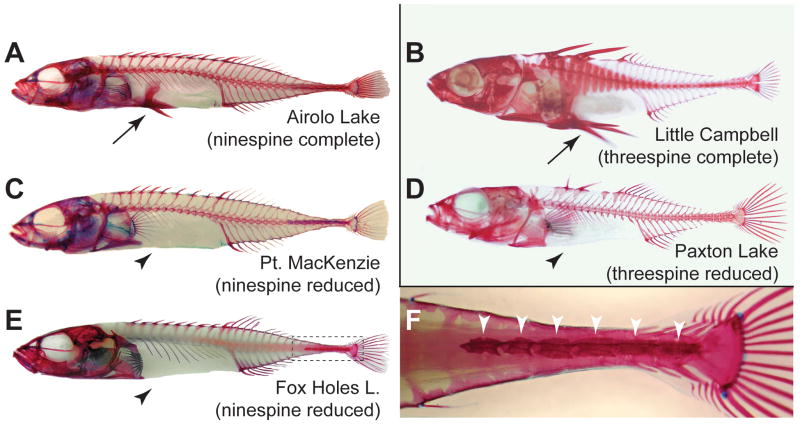Figure 1. Convergent skeletal evolution in ninespine and threespine sticklebacks.
Reduction and loss of the pelvic (hind) fin has evolved in multiple populations of both ninespine and threespine sticklebacks. (A,B) Ninespine (A) and threespine (B) sticklebacks with complete pelvic skeletal structures (arrow) from Airolo Lake, Alaska; and Little Campbell River, British Columbia. (C,E) Ninespine sticklebacks missing all pelvic structures (arrowhead) from Point MacKenzie, Alaska; and Fox Holes Lakes, Northwest Territories. These two populations were used in the mapping cross. (D) A similar pelvisless phenotype occurs in the benthic threespine sticklebacks of Paxton Lake, British Columbia. (F) Enlargement of boxed area in E showing detail of caudal portion of bony armor (arrowheads), which varies in numbers of plates among fish from different populations and in our laboratory cross. All specimens were cleared by digestion in trypsin and stained in alizarin red S to visualize ossified skeletal structures. Photographs are not to scale.

